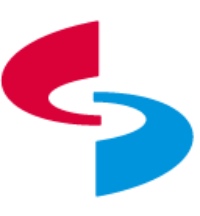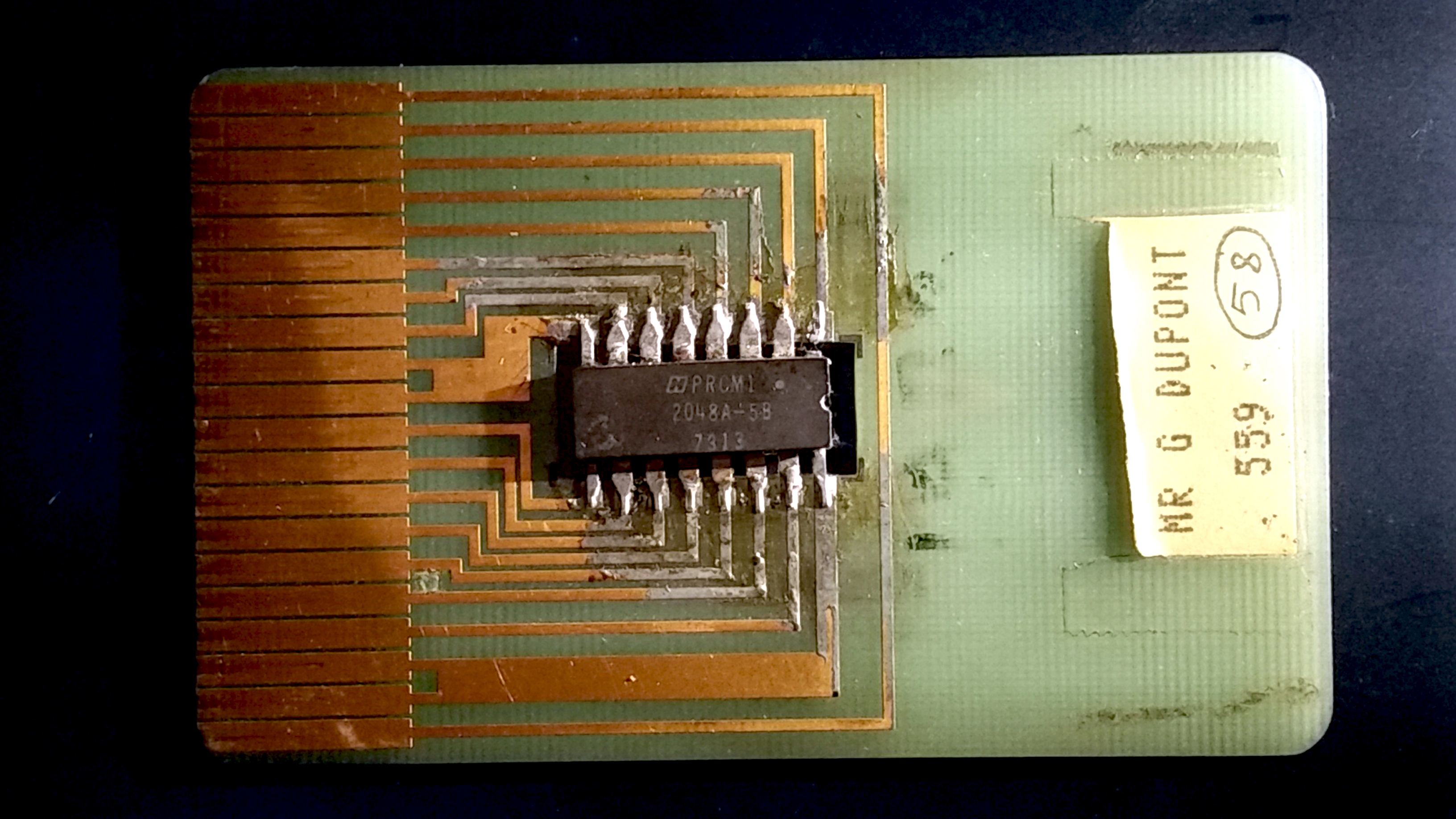|
Kusanagi Station (Shizuoka Railway)
is a railway station in Shimizu-ku, Shizuoka, Shimizu-ku, Shizuoka, Shizuoka, Shizuoka, Shizuoka Prefecture, Japan, operated by the private railway company, Shizuoka Railway (Shizutetsu). Lines Kusanagi Station is a station on the Shizuoka Railway Shizuoka–Shimizu Line, Shizuoka–Shimizu Line and is 6.4 kilometers from the starting point of the line at Shin-Shizuoka Station. Connection to Kusanagi Station (JR Central), Kusanagi Station on the Tōkaidō Main Line is possible, with the two stations situated just 150m apart. Station layout The station has two side platforms. The station building is located on the north side of the Shin-Shimizu direction platform, and it had automated ticket machines, and automated turnstiles, which accept the LuLuCa smart card ticketing system as well as the PiTaPa, TOICA, and ICOCA IC cards. The station is wheelchair accessible. Platforms Adjacent stations Station history Kusanagi Station was established on December 9, 1908. Pas ... [...More Info...] [...Related Items...] OR: [Wikipedia] [Google] [Baidu] |
Shizuoka Railway Logo
Shizuoka can refer to: * Shizuoka Prefecture, a Japanese prefecture * Shizuoka (city), the capital city of Shizuoka Prefecture * Shizuoka Airport * Shizuoka Domain, the name from 1868 to 1871 for Sunpu Domain, a predecessor of Shizuoka Prefecture * Shizuoka Temple, a fictional temple in the 2009 video game ''Contra Rebirth'' {{dab, geodis ... [...More Info...] [...Related Items...] OR: [Wikipedia] [Google] [Baidu] |
LuLuCa
is a rechargeable contactless smart card ticketing system for public transport in Shizuoka, Japan, introduced by Shizuoka Railway (Shizutetsu) beginning in March 2006. The card is also referred to as SHIZUTETSU CARD LuLuCa and LuLuCa PASAR Card. Just like JR East's Suica or JR West's ICOCA, the card uses RFID technology developed by Sony corporation known as FeliCa. A "LuLuCa+PiTaPa" card variant also exists, which allows for added PiTaPa functionality and for the card to be used across Japan due to PiTaPa's mutual operability across the country's public transit systems beginning in 2013. Prior to this, ICOCA and PiTaPa cards had been usable on Shizutetsu trains since 2007. Usable area * Shizutetsu Justline; all the buses in Karase, Oshika, Torisaka, Mariko and Nishikubo. * Shizuoka Railway; Shizuoka Shimizu Line. *Other facilities of Shizutetsu group, including Shinshizuoka-Center and Shizutetsu Store grocery stores. Types of cards *LuLuCa POINT: A simple loyalty card ... [...More Info...] [...Related Items...] OR: [Wikipedia] [Google] [Baidu] |
Railway Stations In Shizuoka Prefecture
Rail transport (also known as train transport) is a means of transport using wheeled vehicles running in railway track, tracks, which usually consist of two parallel steel railway track, rails. Rail transport is one of the two primary means of land transport, next to road transport. It is used for about 8% of passenger and rail freight transport, freight transport globally, thanks to its Energy efficiency in transport, energy efficiency and potentially high-speed rail, high speed.Rolling stock on rails generally encounters lower friction, frictional resistance than rubber-tyred road vehicles, allowing rail cars to be coupled into longer trains. Power is usually provided by Diesel locomotive, diesel or Electric locomotive, electric locomotives. While railway transport is capital intensity, capital-intensive and less flexible than road transport, it can carry heavy loads of passengers and cargo with greater energy efficiency and safety. Precursors of railways driven by human or an ... [...More Info...] [...Related Items...] OR: [Wikipedia] [Google] [Baidu] |
University Of Shizuoka
The , is a public university in Shizuoka, Shizuoka, Shizuoka City, Shizuoka Prefecture, Japan. Overview The University of Shizuoka was created through the amalgamation of three former public universities in 1987 and was expanded to comprise five colleges. These are the School of Pharmaceutical Sciences, the School of Food and Nutritional Sciences, the Faculty of International Relations, the School of Administration and Informatics and the School of Nursing.In later years, the Faculty of International Relations, University of Shizuoka was renamed the School of International Relations.The School of Administration and Informatics, University of Shizuoka was renamed the School of Management and Information in 2010. In addition to the undergraduate programs offered in the various departments of these colleges, the university also maintains graduate schools consisting of the Graduate School of Pharmaceutical Sciences, the Graduate School of Nutritional and Environmental Sciences, th ... [...More Info...] [...Related Items...] OR: [Wikipedia] [Google] [Baidu] |
Shizuoka Bank
is a Japanese regional bank headquartered in Shizuoka, Shizuoka Prefecture. One of the largest regional banks in Japan, it has over 190 domestic branches, primarily concentrated in the Tokai region between Tokyo and Osaka and overseas offices in Los Angeles, New York, Brussels, Hong Kong, Shanghai, and Singapore. History The Shizuoka Bank was established on March 1, 1943, with the merger of the and the . It has been listed on the Tokyo Stock Exchange since October 1961. The Shizuoka Bank maintains strong ties to the Mitsubishi UFJ Financial Group through joint venture subsidiaries for credit cards and stock brokerage. Its New York branch was located in the New York World Trade Center at the time of the September 11, 2001, attacks The September 11 attacks, also known as 9/11, were four coordinated Islamist terrorist suicide attacks by al-Qaeda against the United States in 2001. Hijackers in the September 11 attacks#Hijackers, Nineteen terrorists hijacked four co ... [...More Info...] [...Related Items...] OR: [Wikipedia] [Google] [Baidu] |
IC Card
A smart card (SC), chip card, or integrated circuit card (ICC or IC card), is a card used to control access to a resource. It is typically a plastic credit card-sized card with an embedded integrated circuit (IC) chip. Many smart cards include a pattern of metal contacts to electrically connect to the internal chip. Others are contactless, and some are both. Smart cards can provide personal identification, authentication, data storage, and application processing. Applications include identification, financial, public transit, computer security, schools, and healthcare. Smart cards may provide strong security authentication for single sign-on (SSO) within organizations. Numerous nations have deployed smart cards throughout their populations. The universal integrated circuit card (UICC) for mobile phones, installed as pluggable SIM card or embedded eSIM, is also a type of smart card. , 10.5billion smart card IC chips are manufactured annually, including 5.44billion SIM card IC c ... [...More Info...] [...Related Items...] OR: [Wikipedia] [Google] [Baidu] |
ICOCA
ICOCA () is a rechargeable contactless smart card used on the JR West rail network in Japan. The card was launched on November 1, 2003, for usage on the Urban Network, which encompasses the major cities of Osaka, Kyoto, and Kobe (Keihanshin). It is now usable on many other networks nationwide. The ICOCA area has gradually been expanded, and now includes the San'yo region through the Okayama and Hiroshima urban areas, and some lines in northern Shikoku, San'in and Hokuriku regions as of 2024. ICOCA is an abbreviation of "IC Operating Card" and is also a play on the phrase , an informal, Kansai dialect invitation meaning "Shall we go?" The mascot for ICOCA is a blue platypus named . Platypus characters for the children's ICOCA also exist and are named and . Functions and services Usage of the card involves passing it over a card reader. The technology allows for the card to be read at some distance from the reader, so contact is not required, and many people leave the car ... [...More Info...] [...Related Items...] OR: [Wikipedia] [Google] [Baidu] |
TOICA
TOICA () is a rechargeable contactless smart card ticketing system for JR Central railway network which was introduced in the Chūkyō Area (Greater Nagoya) of Japan on November 25, 2006. The name is an abbreviation of " Tōkai IC Card". Like JR East's Suica or JR West's ICOCA, the card uses RFID technology developed by Sony known as FeliCa. As of December 2007, a year after launch, 350,000 cards had been issued, and 50% of riders (and 70% of commuter pass holders) in the Nagoya area used the card. By Spring 2023, 3.27 million cards had been issued. Since 2013, it has been part of Japan's Nationwide Mutual Usage Service, allowing it to be used in major cities across the country. Usable area As of 2022, TOICA is currently accepted on JR Central lines in the following area: *Tōkaidō Main Line, between Atami and Maibara (the whole line of JR Central operation) ** Includes branch between Ōgaki and Mino-Akasaka ** East of Atami and west of Maibara, stations are serve ... [...More Info...] [...Related Items...] OR: [Wikipedia] [Google] [Baidu] |
PiTaPa
PiTaPa () is a contactless smart card ticketing and electronic money system used predominantly the Kansai region of Japan. The name ''PiTaPa'' from "Postpay IC for Touch and Pay". In the Osaka area, PiTaPa is usable on the Osaka Municipal Subway and New Tram, Keihan Electric Railway, and Hankyu Railway. It launched on August 1, 2004. Part of the Nationwide Mutual Usage Service, PiTaPa is usable on public transport across Japan. Unlike Japan's other major IC cards, PiTaPa operates as a post-pay system, rather than as a prepaid card. System overview PiTaPa is operated by , a private company composed of various transit companies and transportation bureaus. Unlike most other electronic fare collection systems and IC cards in Japan, including JR East's Suica and JR West's ICOCA which operate on a "pre-pay" basis, PiTaPa is a "post-pay" card. Usage of the card is charged to the customer's account, and each month the balance owing is deducted from a designated bank account, ... [...More Info...] [...Related Items...] OR: [Wikipedia] [Google] [Baidu] |
Smart Card
A smart card (SC), chip card, or integrated circuit card (ICC or IC card), is a card used to control access to a resource. It is typically a plastic credit card-sized card with an Embedded system, embedded integrated circuit (IC) chip. Many smart cards include a pattern of metal contacts to electrically connect to the internal chip. Others are Contactless smart card, contactless, and some are both. Smart cards can provide personal identification, authentication, data storage, and application processing. Applications include identification, financial, public transit, computer security, schools, and healthcare. Smart cards may provide strong security authentication for single sign-on (SSO) within organizations. Numerous nations have deployed smart cards throughout their populations. The universal integrated circuit card (UICC) for mobile phones, installed as pluggable SIM card or embedded eSIM, is also a type of smart card. , 10.5billion smart card IC chips are manufactured annually ... [...More Info...] [...Related Items...] OR: [Wikipedia] [Google] [Baidu] |
Turnstile
A turnstile (also called a gateline, baffle gate, automated gate, turn gate in some regions) is a form of gate which allows one person to pass at a time. A turnstile can be configured to enforce One-way traffic#One-way traffic of people, one-way human traffic. In addition, a turnstile can restrict passage only to people who insert a coin, ticket, transit pass, security credential, or other method of payment or verification. Modern turnstiles can incorporate biometrics, including retina scanning, fingerprints, and other individual human characteristics which can be scanned. Thus a turnstile can be used in the case of Fare control, paid access (sometimes called a faregate or ticket barrier when used for this purpose), for example to access public transport, a pay toilet, or to restrict access to authorized people, for example in the lobby of an office building. History Turnstiles were originally used, like other forms of stile, to allow human beings to pass while excluding live ... [...More Info...] [...Related Items...] OR: [Wikipedia] [Google] [Baidu] |





